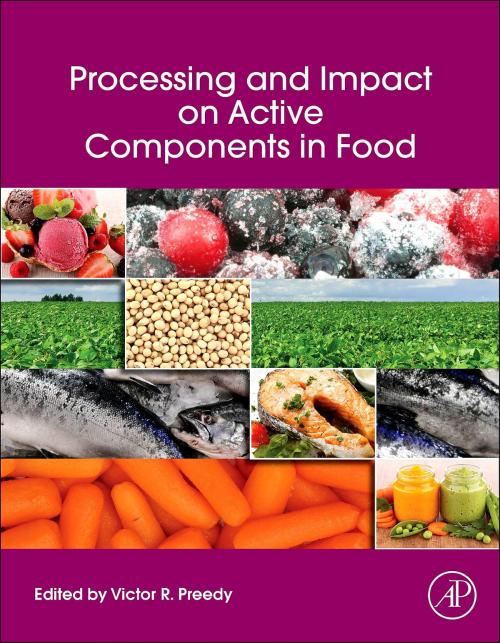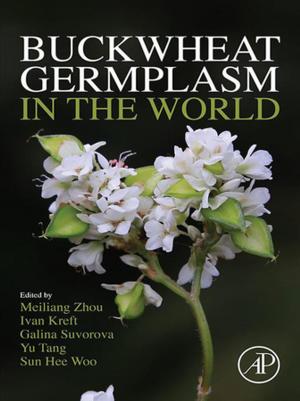Processing and Impact on Active Components in Food
Nonfiction, Science & Nature, Technology, Food Industry & Science| Author: | ISBN: | 9780124047099 | |
| Publisher: | Elsevier Science | Publication: | May 27, 2014 |
| Imprint: | Academic Press | Language: | English |
| Author: | |
| ISBN: | 9780124047099 |
| Publisher: | Elsevier Science |
| Publication: | May 27, 2014 |
| Imprint: | Academic Press |
| Language: | English |
From beef to baked goods, fish to flour, antioxidants are added to preserve the shelf life of foods and ensure consumer acceptability. These production-added components may also contribute to the overall availability of essential nutrients for intake as well as the prevention of the development of unwelcome product characteristics such as off-flavours or colours. However, there are processes that reduce the amount of naturally occurring antioxidants and awareness of that potential is just as important for those in product research and development.
There is a practical need to understand not only the physiological importance of antioxidants in terms of consumer health benefit, but how they may be damaged or enhanced through the processing and packaging phases. This book presents information key to understanding how antioxidants change during production of a wide variety of food products, with a focus toward how this understanding may be translated effectively to other foods as well.
- Addresses how the composition of food is altered, the analytical techniques used, and the applications to other foods
- Presents in-chapter summary points and other translational insights into concepts, techniques, findings and approaches to processing of other foods
- Explores advances in analytical and methodological science within each chapter
From beef to baked goods, fish to flour, antioxidants are added to preserve the shelf life of foods and ensure consumer acceptability. These production-added components may also contribute to the overall availability of essential nutrients for intake as well as the prevention of the development of unwelcome product characteristics such as off-flavours or colours. However, there are processes that reduce the amount of naturally occurring antioxidants and awareness of that potential is just as important for those in product research and development.
There is a practical need to understand not only the physiological importance of antioxidants in terms of consumer health benefit, but how they may be damaged or enhanced through the processing and packaging phases. This book presents information key to understanding how antioxidants change during production of a wide variety of food products, with a focus toward how this understanding may be translated effectively to other foods as well.
- Addresses how the composition of food is altered, the analytical techniques used, and the applications to other foods
- Presents in-chapter summary points and other translational insights into concepts, techniques, findings and approaches to processing of other foods
- Explores advances in analytical and methodological science within each chapter















